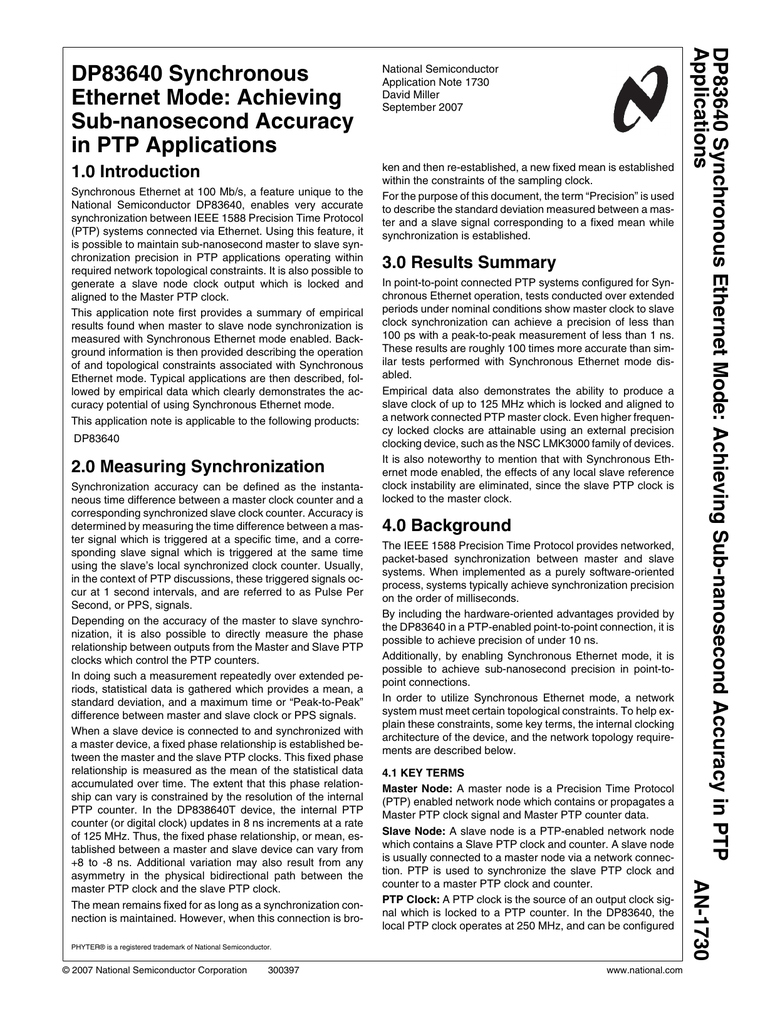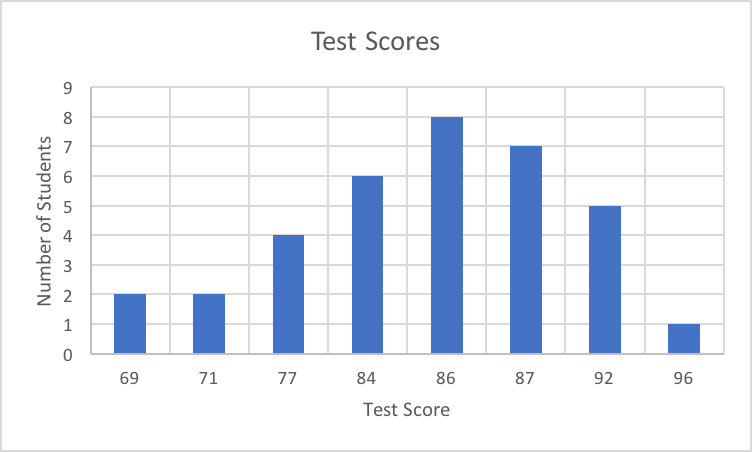


You have already found the standard deviation for this set of numbers to be 2.5. The set of numbers includes the following values: 50, 47, 54, and 62.

You want to determine the relative standard deviation of a set of numbers.
Results become more accurate standard deviation how to#
The following are examples of how to calculate the relative standard deviation using different scenarios: Example 1 Related: Learn About Being a Financial Analyst Examples of using relative standard deviation Multiply the standard deviation by 100 and then divide this number by the mean. Subtract the mean from each number in the data to determine the deviation for each number.ĭivide the sum of the squared deviations by the total number of values used to get the variance.įind the square root of the variance to get the standard deviation of the data. Following are the steps to calculate this formula to determine the relative standard deviation:Ĭalculate the mean of the numbers in the data you are working with. In this formula, S stands for the standard deviation and x stands for the mean of the data being used. (S x 100)/x = relative standard deviation The formula for calculating the relative standard deviation is as follows: Related: Learn About Being an Accountant How to calculate relative standard deviation

When trying to understand the product demands, trends and anticipated customer preferences within an industry When calculating whether a stock price is progressing with the growth of a business When calculating the expected demand of production based on historical data To determine the risk-to-return ratio across multiple investment proposals When determining the degree of homogeneity of a powder mixture in an industrial solids processing settingĪs a quality control for laboratory assays When performing a statistics equation that asks for the relative standard deviation of a set of numbers When you want to compare your data with another person or company's data Here are some of the most common scenarios when it is recommended to use this formula: Related: Your Guide to Careers in Finance When to use relative standard deviation On the other hand, a lower relative standard deviation means that the measurement of data is more precise. The higher the relative standard deviation, the more spread out the results are from the mean of the data. The relative standard deviation of a set of data can be depicted as either a percentage or as a number. This formula is most frequently used in chemistry, statistics and other math-related settings but can also be used in the business world when assessing finances and the stock market. In other words, the relative standard deviation can tell you how precise the average of your results is. Relative standard deviation, which also may be referred to as RSD or the coefficient of variation, is used to determine if the standard deviation of a set of data is small or large when compared to the mean. In this article, we will discuss the definition of relative standard deviation, when this formula is most appropriately used and the steps you can use to calculate relative standard deviation. This formula is useful in various situations including when comparing your own data to other related data and in financial settings such as the stock market. Relative standard deviation is a common formula used in statistics and probability theory to determine a standardized measure of the ratio of the standard deviation to the mean.


 0 kommentar(er)
0 kommentar(er)
